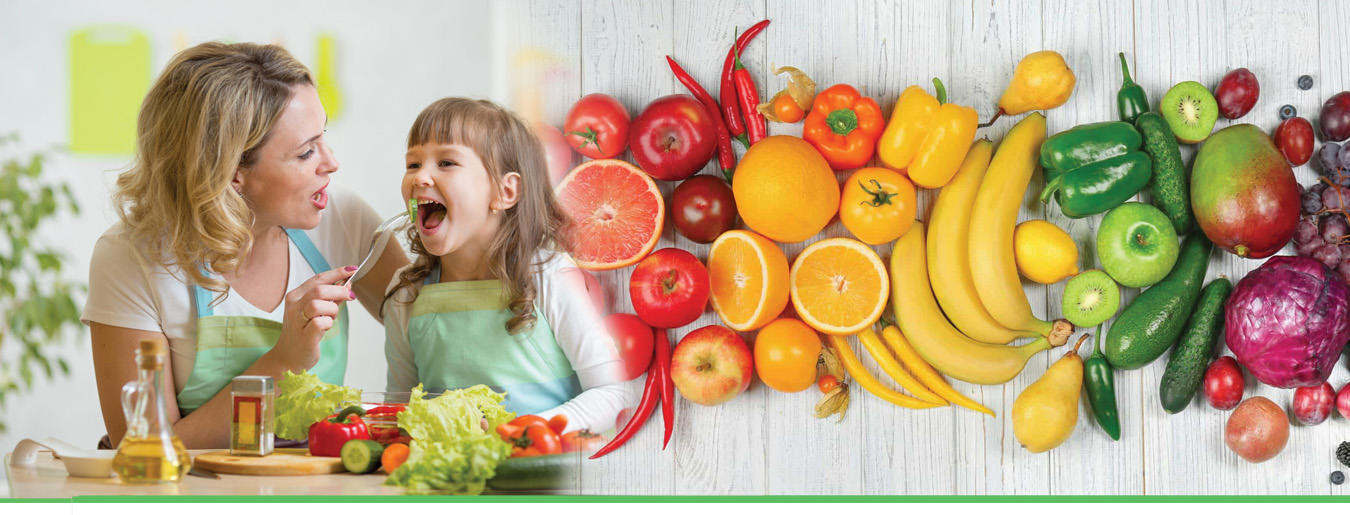Dr. Rosemarie Rutecki
When someone asks a mother what gift she would like, a thought that comes to her mind is to have a healthy family.
There’s no more extraordinary gift than having health.
Health starts in the kitchen, and food is your medicine.
The Rainbow diet is high in phytonutrients or phytochemicals, and they are components of plants that are powerful defenders of health. Studies show that people who eat more plant foods have a reduced risk of chronic diseases such as diabetes, heart disease, and cancer.
Phytonutrients stimulate enzymes that help the body get rid of toxins, boost the immune system, improve cardiovascular health, promote healthy estrogen metabolism, and encourage the death of cancer cells.
Fruits and vegetables are rich sources of phytonutrients, for example, whole grains, legumes, herbs, spices, nuts, seeds, and teas. Phytonutrients in food come in all different colors—green, yellow-orange, red, blue-purple, and white.
Aiming to eat two of each color per day is a healthy goal! While darker-colored plants are generally higher in phytonutrients, fruits and veggies from the white family have potent contributions.
Take a look at what you are eating and write down the color. If you notice you are not eating many colors, try incorporating new foods, as each food will give a different code of information to your cells.
Combining good sources of protein with fruits and vegetables, the color of the Rainbow will significantly improve your health.
Six Steps to Getting More Phytonutrients
- Aim for Nine Servings of Plant Foods every day. A typical serving is half a cup of cooked vegetables, one cup of raw leafy vegetables, or a medium-sized piece of fruit.
- Know Your Phytonutrient Sources. The options for phytonutrient-rich meals are limitless. Here are some sources of phytonutrients to get you started: any plant foods, including fruits, vegetables, whole grains, legumes, nuts, seeds, and even herbs and spices.
- Eat the Rainbow of Colors. Make it your goal to get the entire seven colors every day with various foods.
- Vary Your Choices. One helpful hint is to try a new food every week to ensure that you are getting a wider variety of foods.
- Maximize Combinations—experiment with combining plant foods and observe how you feel. For example, putting turmeric, black pepper, and olive oil together in a meal may enhance your health’s phytonutrient effects of all three foods. Adding lemon juice to spinach helps iron become more absorbed by your body.
- Be Creative with Substitutions. Some foods give us more phytonutrients than others! For example, you could substitute mashed potatoes with mashed purple potatoes or sweet potatoes. Drinking celery juice is also a quick way to get yourself healthy, celery juicing can be simple if you have the right juicer, and there are some great options like the best cold press juicer which you can use to make great juices as well.
To help you increase color in your diet, go to www.functional-pharmacy.com, and sign up to download the Phytonutrient Spectrum Food Checklist. It’s a great guide that my kids love to account for how many colors they have eaten in the day.
Dr. Rosemarie Rutecki is a Pharmacist, Board-Certified in Functional Medicine You can contact her at www.functional-pharmacy.com.


